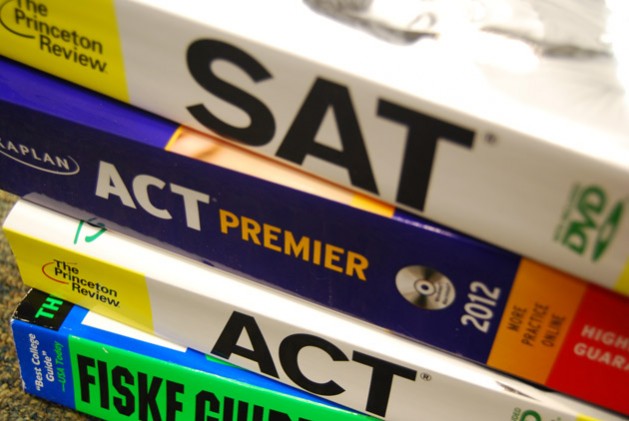SAT Adversity score: a letter from two editors
Whenever Affirmative Action is brought up, debates get shut down. It’s the most controversial policy with the best intentions and the murkiest effect in recent American history. Is there a right answer? No. That’s why it’s so hard to debate. Because (almost) everyone would agree that it’s coming from a good place, and (almost) everyone will agree that it’s carried a truckload of unintended consequences on its shoulders. Our stance on affirmative action is more that it should be based on a student’s socioeconomic background, not solely race.
Part of the reason why these policies were implemented in the first place was to solve the inherent disadvantage a student would have growing up in a predominantly low-income minority-majority neighborhood when applying against, say, an Upper East Sider. However, this does not take into account the fact that socioeconomic disadvantage, which does hit many minority communities in greater numbers, transcends race. Back in the 1960s, following the Civil Rights movement, the goal of affirmative action was to help minority students–blacks, specifically–assimilate into a society from which they had previously been shut out. Now, however, this is no longer the case, and the current goal is to enable students who may not have had the same advantages an upper-class New Yorker may have had but who may be just as smart, if not smarter, get the same college education. Someone who is poor and can attend a top university through affirmative action can get a good job following college and snap out of the cycle of poverty.
This new College Board policy has brought this issue back into the forefront, and of course, as these things do, it’s set the internet on fire. Proponents of this new policy will say things not unlike those we enumerated in the previous paragraph; detractors have put forth a litany of complaints. The adversity score, they claim, creates a systemic disadvantage for a student who had the misfortune to be born to a well-off family. They claim that each student should be assessed by individual merit, and that if the current testing system hurts low-income students, then the test should simply be adjusted. They claim that this does not level the playing field, but creates a new playing field entirely with new rules.
Those arguments do not take into account several factors. For one, the SAT has been revised several times by the College Board, each new version supposedly one step closer to achieving a test which can accurately assess a student’s academic horsepower regardless of educational background. For example, one of the most recent iterations saw the removal of vocabulary from the SAT English section, where the students were asked to define words like “deleterious” and “capricious.” If you came from a family where you heard advanced vocabulary being used at home, you were more likely to do well. Hypothetically, removing this section was supposed to smooth out this issue. But here we are, in 2019, after years of such test “revamps,” still facing a system in which it’s just plain harder to do well if you were born into a low-income household, especially now that nearly everyone who is from an upper-class family is tutored.
Thus, even if the College Board is creating a “new playing field,” maybe that’s what’s necessary. If the current system has failed us, then a new system is necessary. There is no such thing as a perfect system. There’s always a winner and always a loser. That being said, the idea that all racial or socioeconomic factors should be ignored and college applications should simply be read for “individual merit” is ludicrous, since there’s no way to measure merit without measuring opportunity. What this policy is trying to do is create a system where everyone’s merits, side by side, are proportionate. A student who makes the very best of a very limited array of choices–maybe a school with two AP options, or only a handful of clubs–should be treated the same way as a student who took full advantage of their private Upper East Side education, since there’s no way to know, had the tables been turned, that Student A from the “bad” school wouldn’t have done the same as them if they were privy to a Ramaz-level education.
Ramaz students may worry that this adversity score will greatly impact their chances of admission, but the truth is, many schools already use a similar metric when calculating SAT scores anyway. And there will always be room for kids from more privileged and wealthier families: colleges need a range. It’s not like colleges are only looking at adversity scores when they decide who to admit; they’re still reading essays, scanning extracurricular lists, and checking GPAs. They simply want a greater configuration, but in the long run, the impacts on the typical Ramaz student will be minimal.
Wealth doesn’t count against you in this system–it simply doesn’t count for you. And if, for a while, well-to-do students start feeling the squeeze, then that’s for one reason only: the tables have been so tilted for so long that in order for them to be righted again, the rates of upper class students will have to dip and the numbers of disadvantaged students will have to increase. Consider it college admissions osmosis; it’s the only way to reach an equilibrium in the end.

Natalie Kahn joined The Rampage staff as a freshman and wrote numerous articles before becoming Co Editor-in-chief this year. Natalie is a skilled writer...



